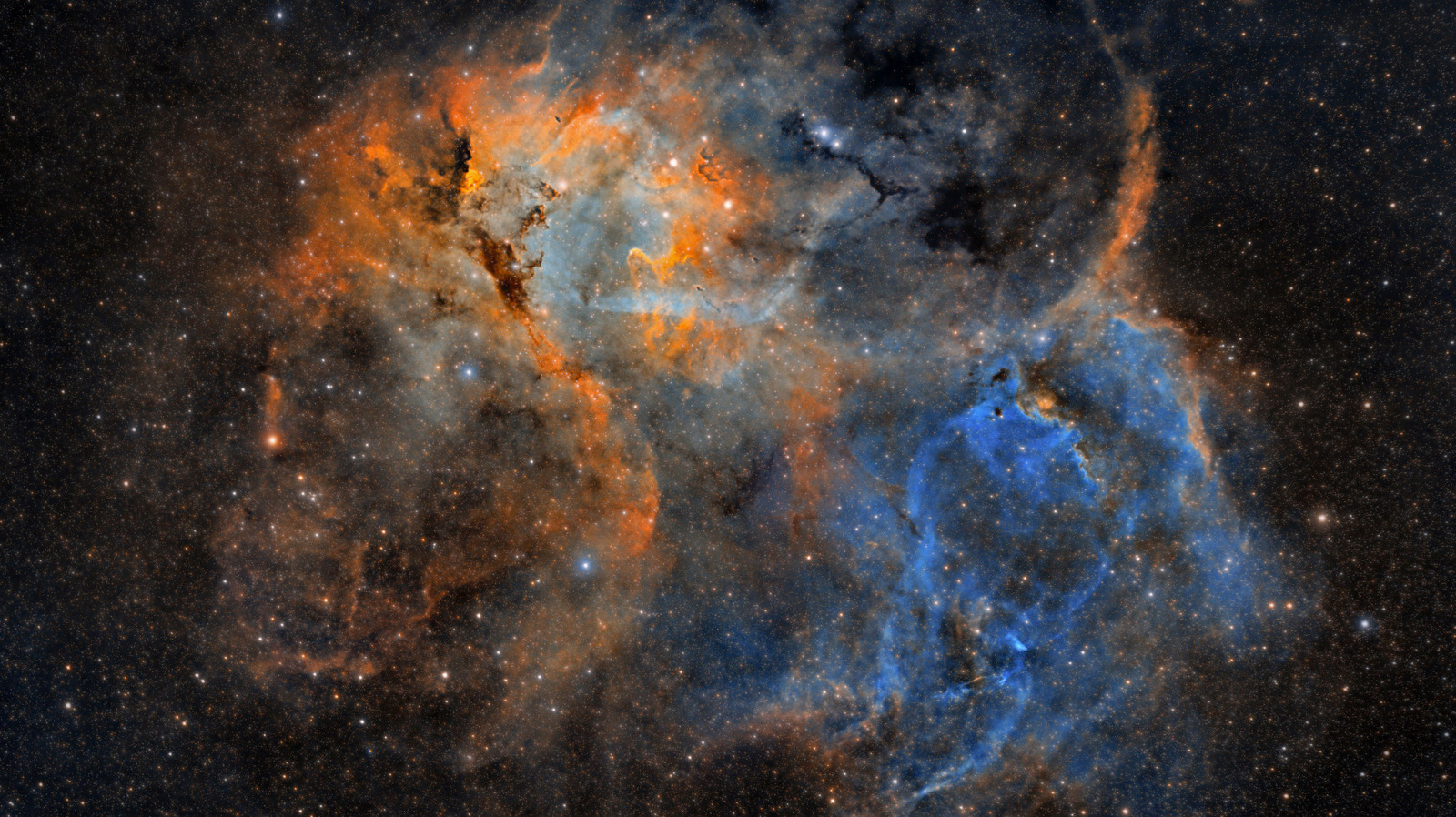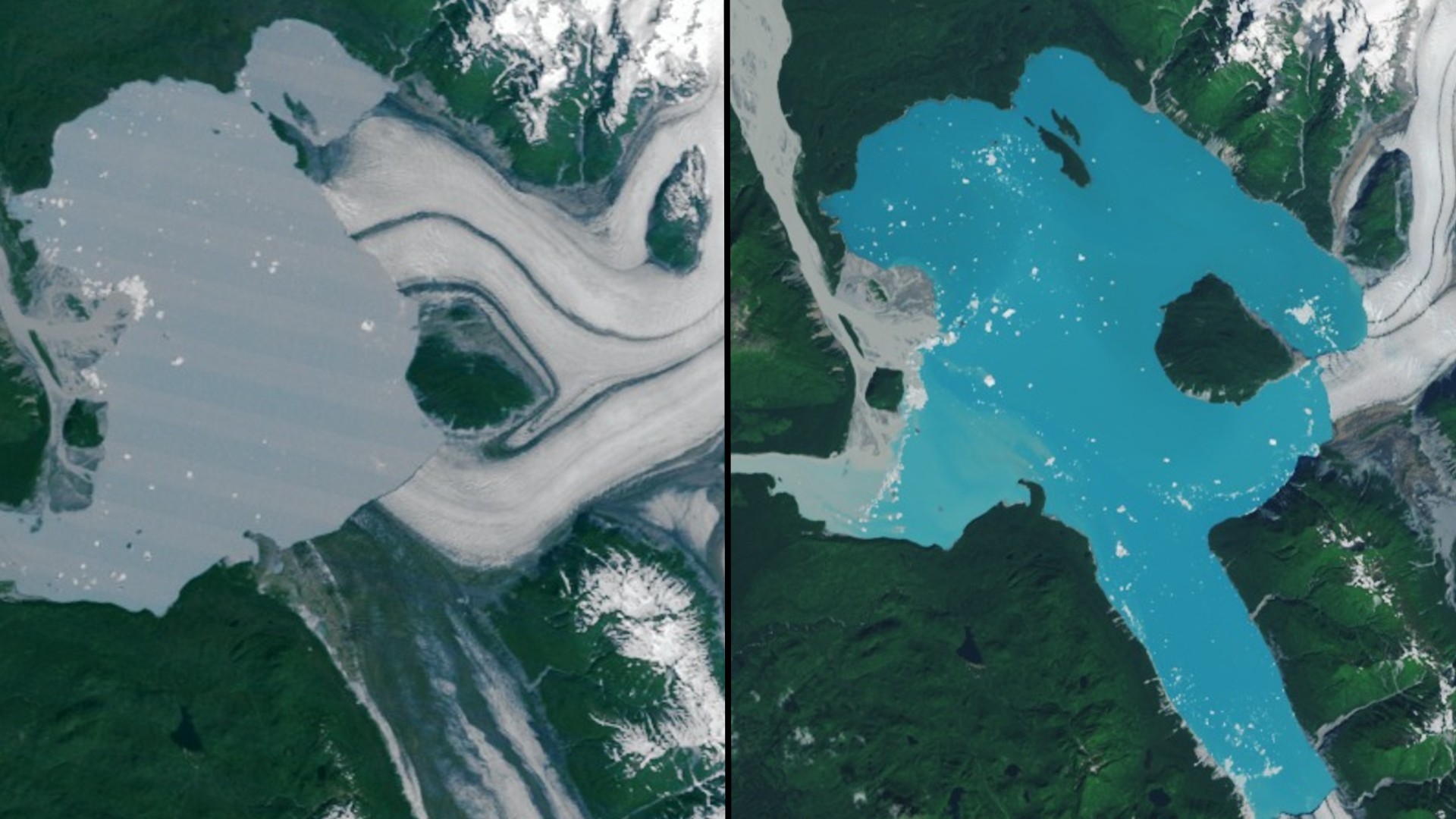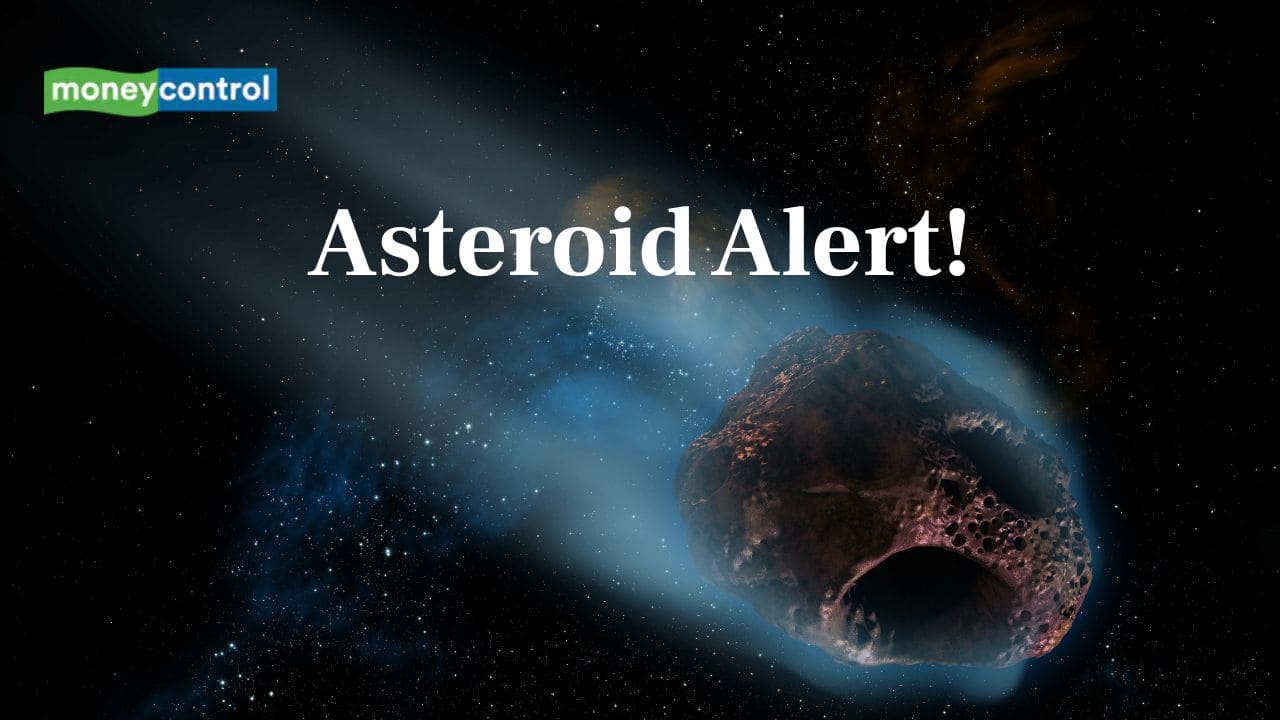Discovery of Ancient Lost World Beneath Antarctica's Ice

In a remarkable breakthrough, scientists have uncovered an ancient lost world that has remained hidden beneath a mile of ice in Antarctica for more than 34 million years. Utilizing advanced satellite data and state-of-the-art ice-penetrating radar, researchers have revealed that this obscured landscape, which once flourished with rivers and forests, is now buried under the thick ice of East Antarctica. Located in a remote area known as Wilkes Land, this lost world spans a staggering 12,000 square miles and offers insights into Earth's climatic history and geological evolution.
Stewart Jamieson, the lead author of the study from Durham University, expressed the awe-inspiring nature of the discovery, likening it to “uncovering a time capsule.” He emphasized that the land beneath the East Antarctic ice sheet remains less explored than the surface of Mars, highlighting the vast potential for future research and understanding of this ancient environment.
The research team identified a varied topography consisting of towering ridges and deep valleys beneath the ice. Their detailed study identified three significant blocks of elevated ground, each measuring between 75 and 105 miles in length and up to 53 miles in width. These geological features are separated by deep valleys that reach nearly 3,900 feet in depth and extend up to 25 miles wide. This terrain paints a picture of a once-thriving ecosystem, shaped by flowing rivers before the ice became a dominant force in the region.
Unlike many glaciers that actively erode the ground beneath them, the ice sheet in East Antarctica is classified as “cold-based.” This means that the ice is frozen to the ground, resulting in slow movement that minimizes erosion. The ice has advanced at a remarkably slow pace of less than 16 feet per year, which has contributed to the exceptional preservation of the ancient landscape. Professor Jamieson noted, “What we find is an ancient land surface that has not been eroded by the ice sheet, and instead it looks like it was created by rivers before the ice came along.” This preservation opens up new avenues for understanding how climate and ecosystems have evolved over millions of years.



























